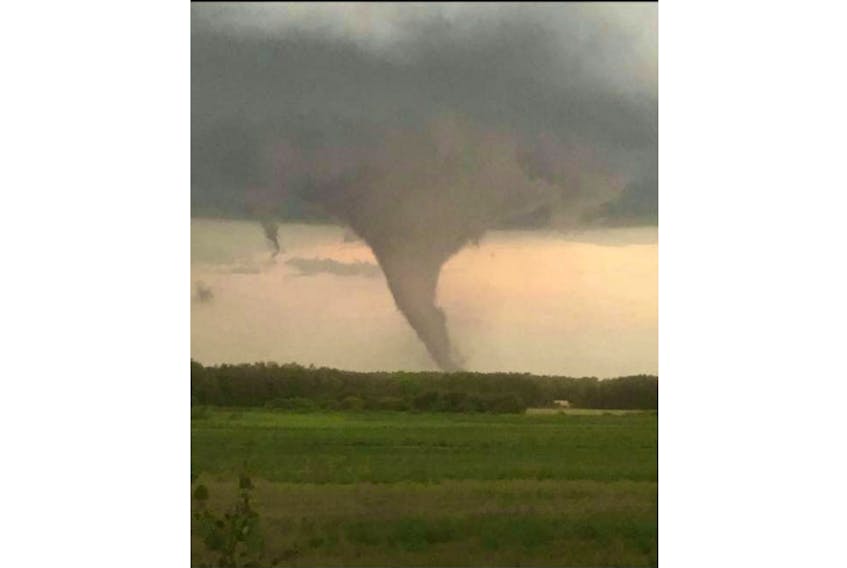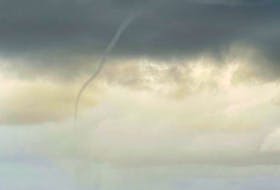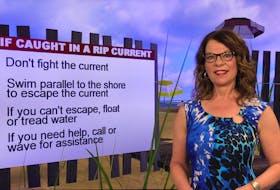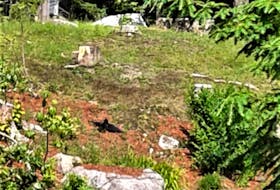Last week was a busy one in the weather centre: heat warnings were in place but it was the severe thunderstorm watches and warnings that kept me hopping! As a cold front pushed down on the very warm, humid air mass, the clouds started to pop! As the front slowly tracked eastward so did the watches and warnings.
On Tuesday, Aug. 7 at 3:43 p.m., a severe thunderstorm warning was upgraded to a tornado warning for Victoria County in New Brunswick; 25 minutes later, the warning was lifted. I’m sure it was a very scary half hour for many.
Thankfully, we don’t often experience tornadoes in Atlantic Canada, but it does happen.
In Nova Scotia, there have been at least three tornadoes on record: Jan. 30, 1954 near White Point Beach, June 24, 1997 in Lantz and Aug. 18, 1999 in Pugwash.
Newfoundland and Labrador has had at least seven recorded tornadoes since 1992.
There have been reports of tornadic activity in P.E.I., but the island’s small size puts it at a lower risk for such weather events.
The strength of a tornado is now measured on the Enhanced Fujita scale, which is a grade from EF0 to EF5, assigned based on the damage it causes. The strongest, an EF5, has estimated wind speeds over 320 kilometres per hour.
Tornadoes are the most violent storms in nature. Warnings are issued when a dangerous and potentially life-threatening situation occurs. If you hear a roaring sound or see a funnel cloud, swirling debris near the ground, flying debris, or any threatening weather approaching, take shelter immediately.
- Want more weather information? Your weather page.
- Have a weather question, photo or drawing to share with Cindy Day? Email [email protected]
Cindy Day is the chief meteorologist for SaltWire Network.









